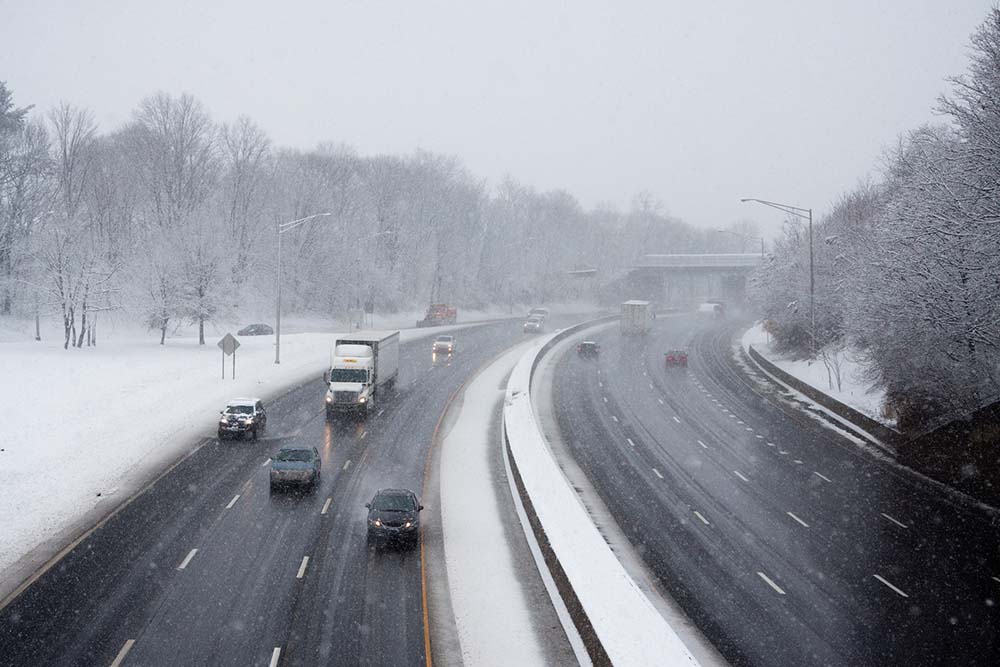
It’s a nightmare scenario for every driver: You’re in a serious collision, only to discover that the other motorist doesn’t carry insurance coverage.
No insurance coverage isn’t the only problem motorists face, however — there’s also the problem of underinsured drivers.
Fortunately, there are steps you can take to help recover your losses, both through your insurer and with the help of an attorney.
Let’s take a closer look at how uninsured and underinsured motorist incidents work, and what you need to know about how Connecticut law applies to these situations.
The Facts about Uninsured and Underinsured Claims
The state of Connecticut requires motorists to carry a minimum level of insurance coverage. Right now, these minimums are:
- $25,000 per person for personal injury liability
- $50,000 per accident for personal injury liability
- $25,000 for property damage
It should be noted that motorists can choose to exceed these state-mandated minimums. In many cases, it makes more sense to buy a policy with higher limits. If you are found liable for a crash that results in injuries that exceed your policy limits, you may be sued for the difference.
The same principle applies with uninsured/underinsured insurance coverage. Connecticut requires that all residents maintain coverage with at least $25,000 per person/$50,000 per accident minimums. If you carry only the minimum insurance and suffer serious injuries that exceed the policy limits of the at fault driver, you may be left holding the bag for your medical costs.
How This Coverage Works
If you need to make a claim under your uninsured/underinsured motorist coverage, your own insurance company will be the entity paying out your claim. This covers injuries or losses sustained by the policyholder, family members and passengers.
Much as with conventional liability policies, it often makes sense to buy an uninsured/underinsured policy with higher coverage. If your policy only covers $50,000 — and your injuries exceed that figure — your policy will not cover the full amount.
Example 1: You are injured in an accident where you and the other driver each have minimum policies of $25,000/$50,000. The other driver is at fault, and the settlement value of your claims is $100,000. The at fault driver’s insurance company pays you the policy limits of $25,000. Because you only had a $25,000/$50,000 uninsured/underinsured policy, you cannot collect anything from your own insurance, and you are out $75,000.
Example 2: Assuming the same facts as above, but you have purchased $100,000 worth of uninsured/underinsured coverage, you can collect $25,000 from the at fault driver, and your insurance company will pay you $75,000.
Conversion coverage is another type of car insurance that many people are not familiar with, but which would be very beneficial for you and your family if you are ever in a serious car accident with an underinsured driver.
What Exactly is Conversion Coverage?
Conversion coverage does not automatically come with your automobile policy. You generally need to request this as additional coverage.
Conversion coverage is associated with uninsured/underinsured coverage and provides additional coverage under your policy where the at fault driver has inadequate insurance to cover your injuries.
What’s the Difference Between Underinsured Coverage and Conversion Coverage
How conversion coverage works is best explained by example:
Example 1: Let’s say the settlement value of your claim is $100,000 and the at fault driver carries only $25,000 in bodily injury liability insurance, this will not cover your medical expenses/injuries. If you have $100,000 in uninsured/underinsured automobile insurance, but no conversion coverage, then your insurance carrier will only have to pay you $75,000).
Example 2: If you are in an accident and the settlement value of your claim is $100,000 and the at fault driver only has $25,000 in coverage but you have $100,000 in uninsured/underinsured coverage and conversion coverage, then your insurance company would not receive any reduction and you would receive $125,000.
As you can see, Conversion coverage is something every driver should consider purchasing.
In these scenarios, the next step is simple: Consulting with an experienced Connecticut personal injury attorney.
The right attorney can help you pursue full compensation from the at-fault driver, should the policy coverage prove insufficient.
Contact Brickley Law today for a free consultation and learn more about how these cases work, and what you can do to protect yourself.